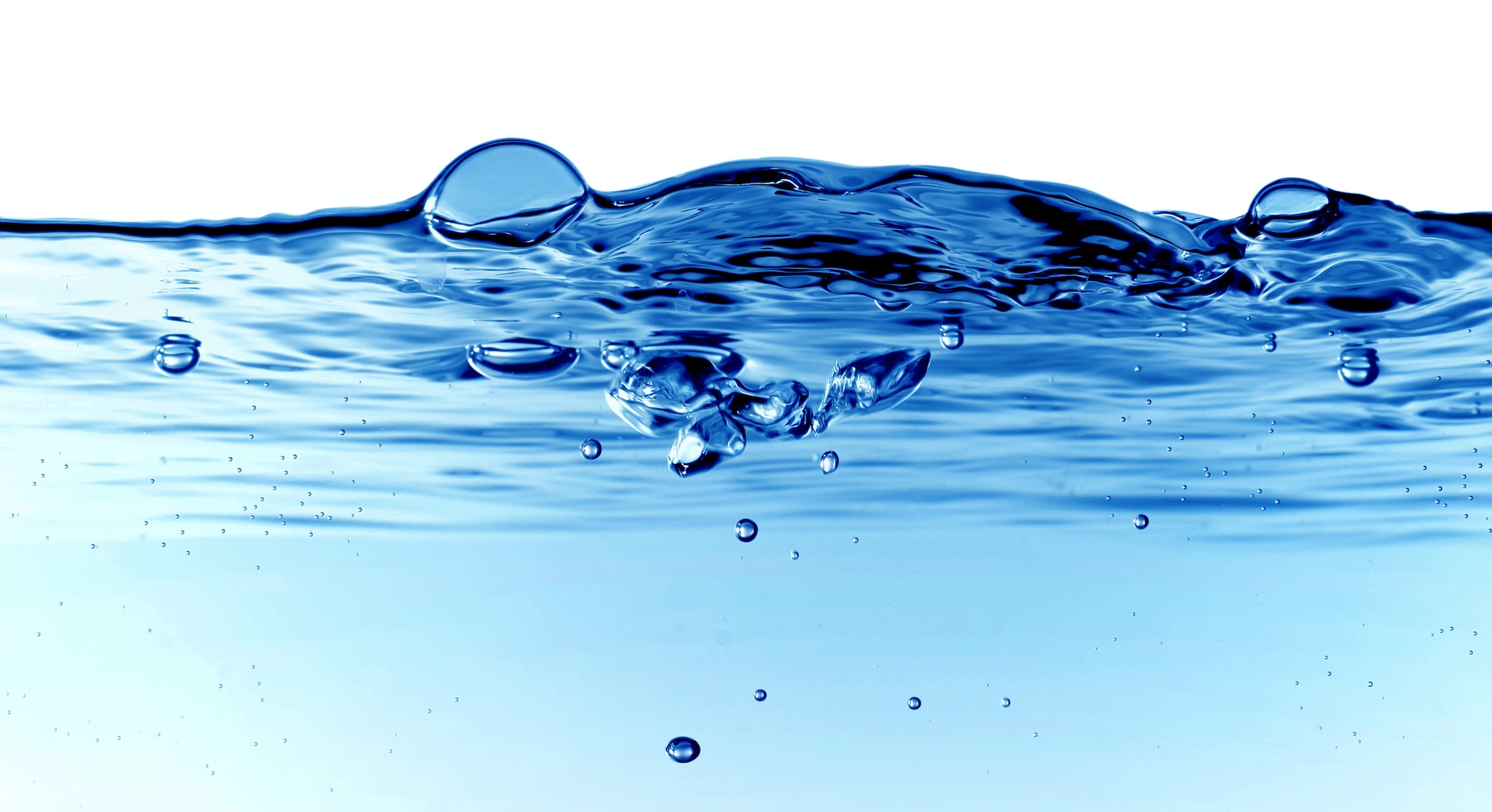Algae biomass has gained significant attention in recent years due to its potential as a sustainable source of bioenergy and valuable bioproducts. The efficient harvesting of algae biomass is a critical step in the production process, as it can significantly impact the overall energy balance and cost-effectiveness of the process. Among various harvesting techniques, flocculation and flotation have emerged as promising options due to their scalability, low energy consumption, and potential for integration with downstream processing steps.
Flocculation is a process that promotes the aggregation of suspended particles (such as algae cells) into larger flocs by adding a chemical coagulant or flocculant. This can be achieved using inorganic coagulants (e.g., alum, ferric chloride), organic polymers (e.g., polyacrylamide), or natural flocculants (e.g., chitosan, cationic starch). The choice of flocculant depends on factors such as algae species, growth conditions, and desired product quality.
In the context of algae biomass harvesting, flocculation can be applied in two ways: auto-flocculation and induced flocculation. Auto-flocculation occurs when algae cells naturally aggregate due to changes in environmental conditions, such as pH, nutrient depletion, or light intensity. This process can be enhanced by optimizing cultivation parameters or using specific strains with high auto-flocculation potential. On the other hand, induced flocculation involves the addition of external flocculants to promote cell aggregation. This approach can offer better control over the process and higher removal efficiencies but may introduce additional costs and potential contamination risks.
Flotation is another technique used for separating algae biomass from the growth medium based on differences in particle density. In this process, gas bubbles are introduced into the liquid medium, which attach to algae cells and cause them to float to the surface where they can be easily collected. There are three main types of flotation used for algae harvesting: dissolved air flotation (DAF), electroflotation, and froth flotation.
Dissolved air flotation (DAF) is the most widely used flotation technique for algae harvesting, especially for large-scale applications. In DAF, air is dissolved in the liquid medium under high pressure and then released at atmospheric pressure, creating microbubbles that attach to algae cells and bring them to the surface. The efficiency of DAF can be enhanced by using chemical flocculants or adjusting process parameters such as pH, temperature, and bubble size.
Electroflotation involves the generation of gas bubbles by electrolysis of water, typically using metal electrodes. This method can offer advantages over DAF in terms of energy efficiency and reduced chemical usage but may be limited by electrode fouling and scalability issues.
Froth flotation is a surface chemistry-based separation process that exploits the differences in wettability between algae cells and the liquid medium. In this technique, a frothing agent is added to the medium to generate a stable foam layer on the surface, which entraps algae cells and allows their separation. Froth flotation has been successfully applied for harvesting various types of microalgae but may require optimization of factors such as frother type, concentration, and pH to achieve high recovery efficiencies.
Both flocculation and flotation techniques have shown promising results in lab-scale studies and pilot-scale demonstrations for algae biomass harvesting. However, challenges remain in terms of optimizing these processes for different algae species, growth conditions, and product requirements. Furthermore, integration with downstream processing steps (e.g., dewatering, cell disruption, product extraction) needs to be considered to minimize energy consumption and maximize overall process efficiency.
In summary, flocculation and flotation represent scalable and energy-efficient harvesting techniques for algae biomass production. Further research and development efforts are needed to optimize these processes for specific applications and integrate them with other unit operations in the overall algae biomass and bioenergy production chain.

